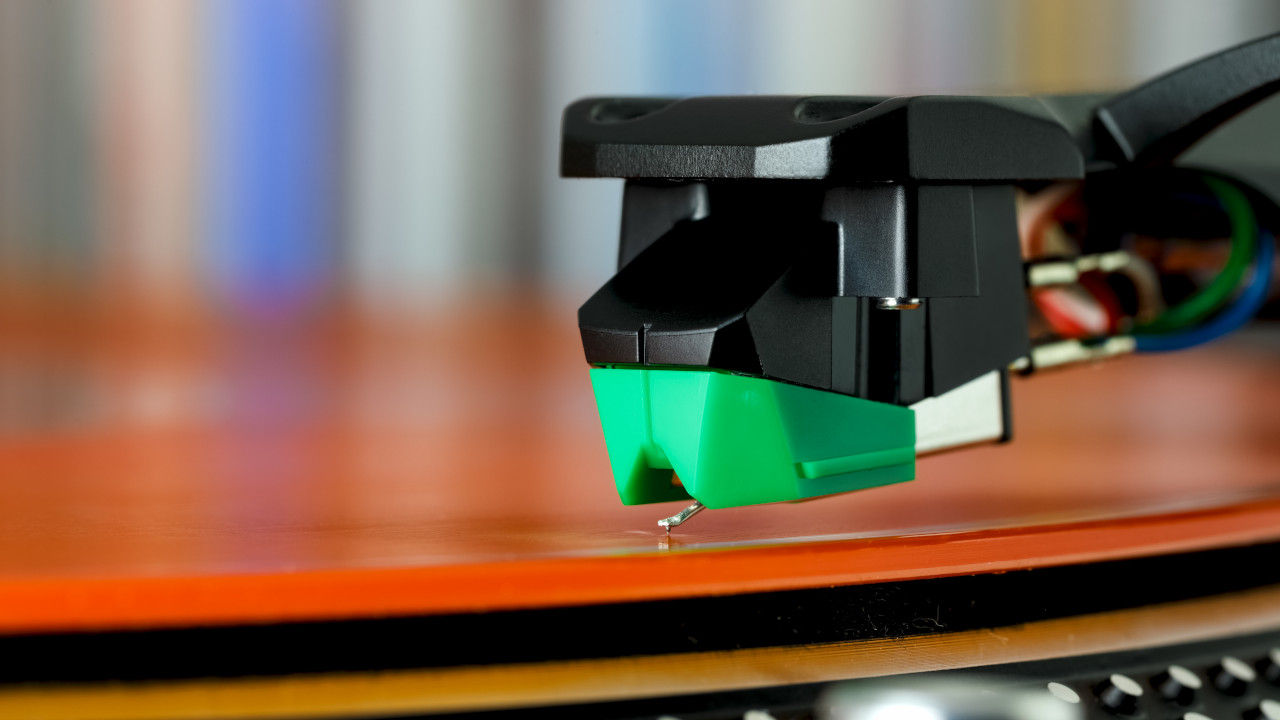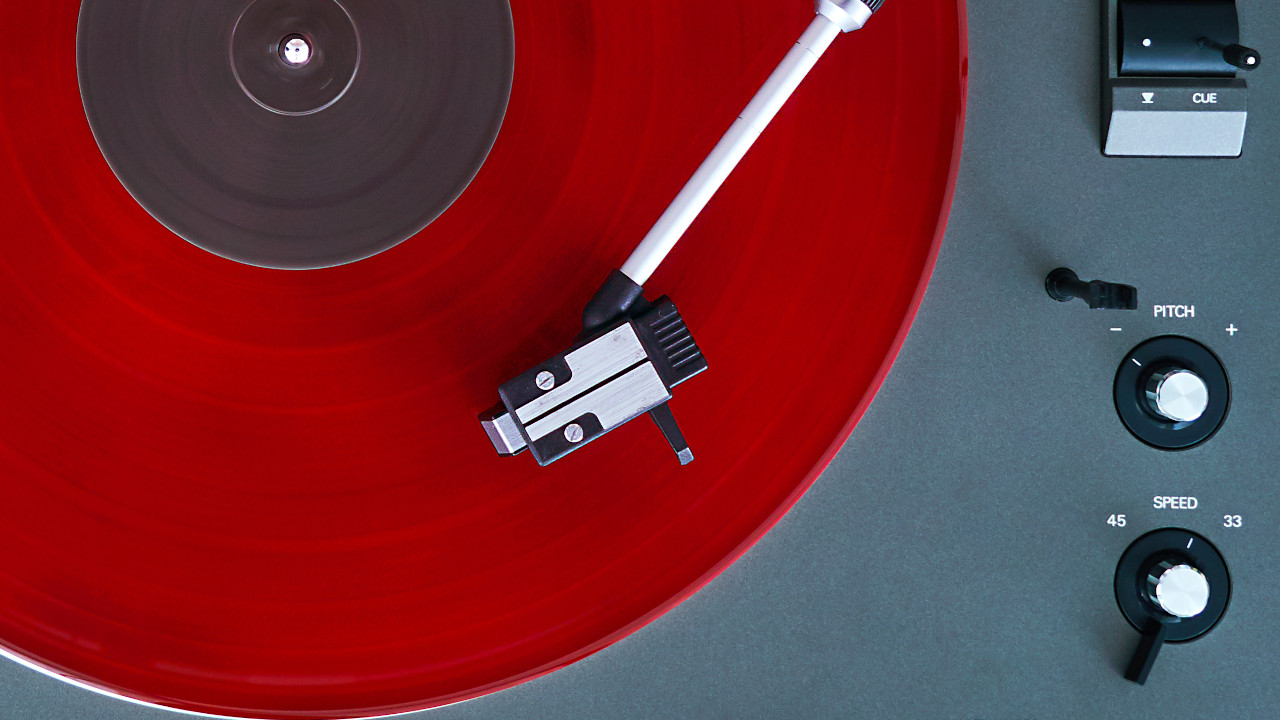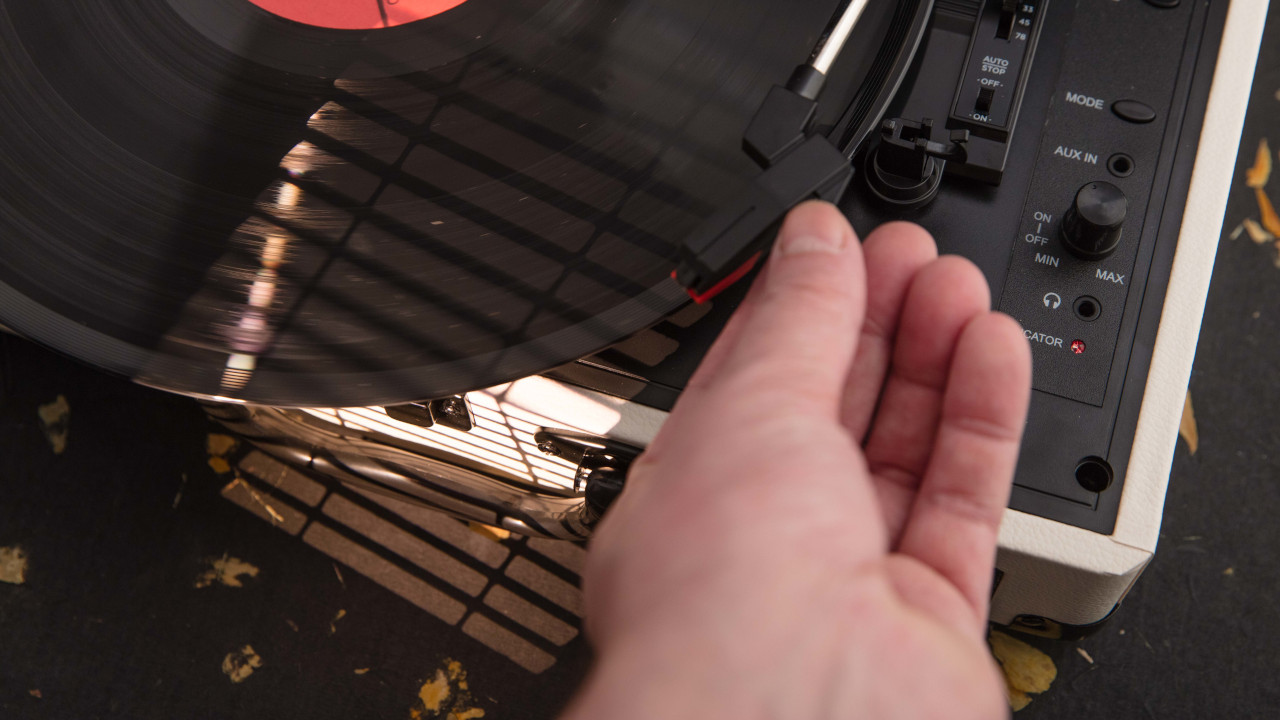
If you’re reading this, I don’t need to sell you on the concept of buying one of the best record players around. Whether a recent convert to vinyl, or someone whose hi-fi has been a living-room staple for years, you’ll be aware of the ineffable and indiscriminate joy of dropping the needle in the groove, putting eyeball to liner notes and admiring the album artwork.
What you might not be as well-versed in, however, is the manner in which a good turntable hi-fi system outputs hi-fi goodness. A turntable has many variables, from the way in which the platter is driven to the material construction of the tonearm, each of which have their impacts on stability and noise. However, it’s the turntable’s cartridge that ultimately governs how your records sound. And there are a few different kinds to know about.
Anatomy of a cartridge
A turntable cartridge is, as the name implies, a discrete unit – one which does all of the ‘work’ in translating the contents of your vinyl grooves to electrical signals. The stylus makes contact with the record and transfers the resulting vibrations up into a transducer system; the resulting electrical signals are sent down the tonearm to the output stage.
As the name also implies, cartridges are (at least, often) replaceable elements on a turntable. Unless yours is a hardwired cartridge on an entry-level turntable, swapping your cartridge is a finicky-but-simple undertaking, and one which opens up a world of sound-upgrade possibilities.
All about the stylus

In many ways, the stylus is the tip of the iceberg (pun absolutely intended, and no I will not apologise) when it comes to cartridge design. The purpose of the stylus is to interpret the waveforms of a record’s groove as kinetic energy. Stylus tips are usually made from diamond, to benefit from its hardness and accurate energy transfer. These tips are fashioned to the cantilever via a secondary material (bonded), or directly (nude) – the former is more robust, and easier to make besides, but the latter is lighter and more precise.
The shape of the tip is another key variable in the reproduction of a cartridge’s sound. The most common tip shape among cheaper cartridge designs is conical, where the tip is a cone with a uniformly rounded end. These are easy to make and fine for general purposes, but the next step up in sound quality is considerable. Elliptical styli have more sharply-angled sides, allowing for more contact with the groove’s walls and a higher-fidelity reproduction.
At the top end of the stylus spectrum, you’ll find ‘fine-line’ style tips, with sharp angles and nifty cuts. These truly get to the bottom of the groove, and produce high-quality sound across the frequency spectrum. Micro-linear tips resemble those used on vinyl-cutting discs, with a sharp, precise tip that dramatically improves high-frequency pickup; Shibata-type tips, once designed for quadrophonic records, but also excel on stereo – and with minimal impact on the groove.
That’s the broad strokes of styli and their design – but what happens to the vibrations they pick up? As far as transduction is concerned, there are three principal types of cartridge: moving magnet, moving coil, and ceramic. Let’s look at all three.
Moving Magnet (MM) cartridges
Moving magnet (MM) and moving coil (MC) cartridges both use the principle of electromagnetism – and, in some senses, resemble the function of a guitar’s pickup. Magnets and coils are used to create an electromagnetic field – the disturbance of which generates electricity in the coils.
In an MM cartridge, the magnet is attached to the other end of the stylus’ cantilever, and suspended beneath two coils (one for each channel). The relative movement of the magnet results in induced voltages that reflect said movement.
MM cartridges are the most common type of cartridge, for being relatively easy to construct and producing a nice, high-powered output voltage (relatively speaking, of course). However, magnets are heavy – and the weight of the stylus cantilever can rob some records of their detail.

Moving Coil (MC) cartridges
Moving coil cartridges use exactly the same essential principle, but in reverse. Here, the coils are the moving part, attached to the needle and vibrated beneath a permanently-fixed magnet according to the waveforms of the groove.
The result is a much smaller output signal, but one which contains more detail within it. The coils are much lighter than the magnet, and hence the cantilever can transmit more kinetic information, albeit at a lower voltage. However, these kinds of cartridge are far more expensive to engineer and manufacture, as reflected by their considerable market value.
Ceramic cartridges
Rather than using electromagnetism to translate kinetic energy to electrical energy, the ceramic cartridge uses the piezoelectric effect. A ceramic cartridge’s needle directly exerts its kinetic energy on two samples of piezoelectric material, which produce voltages proportional to the pressure they experience.
Fun a design as this is, it has a handful of shortfalls. Cheaper ceramic cartridges need to weigh heavily on a record to reproduce it properly, leading to quicker wear. These designs also suffer from a reduced bass response, which results in thin-sounding audio.
Cheaper suitcase-style record players are notorious for their use of inexpensive ceramic cartridges, which exact a heavy toll on the records they play (and for less-than worthwhile results). Better-designed ceramics have their strengths, though, for instance in the playing of old-school 78s.
Which turntable cartridge should I get?

Now you’ve got the skinny on turntable cartridges, you’re in a better position to make some decisions regarding your own setup.
Moving magnet cartridges are a highly affordable option, and still capable of producing incredible sound for their price. They also have the added benefit of stylus upgradeability, as exemplified by Audio-Technica’s VM series. Because the coils are the only hard-wired bit, you can swap your stylus for different or better tip types whenever you like. Any turntable that ships with a VM-coded Audio-Technica stylus is a great option for this low-faff kind of upgrading.
If money and practicality are less of an object, Moving Coil cartridges are the better buy for their often-dramatic improvements in sound fidelity over other cartridge types. This is practically universal, too. Fidelity and dynamics know no genre; even your slammin’-est thrash LP will sound clearer, tighter and more accurately stereo-balanced via an MC cartridge than an MM one. Sumiko and Hana are both highly-regarded Moving Coil cartridge producers, with an extensive range of options between them.
This superior sound reproduction can be heard in most even half-decent hi-fi setups, but returns will of course diminish the cheaper you go – particularly when it comes to components like your phono pre-amp, which has much more heavy lifting to do with the lower output voltages of MC cartridges.
Ultimately, there are more variables at play than just the cartridge – and even with regards to two different cartridges on the same turntable, feelings about which is ‘better’ can only ever be subjective (unless it’s a ceramic cartridge on a suitcase turntable – in which case, you’re objectively odd for preferring this, and what is wrong with you?). Your hi-fi setup will only ever be as good as its weakest link – but why should that weakest link ever be the cartridge?
Related content
- Best record players: Turntables tested for every budget
- Best vinyl records to test your turntable: The albums you need to own
- Cool vinyl record storage ideas
- How to store vinyl: Tips on keeping your collection in great condition
- Direct-drive vs belt-drive turntables: What’s the difference?
- Best vinyl record cleaners: Keep your vinyl collection in prime condition
- 9 cheap upgrades you can make to improve your vinyl setup

